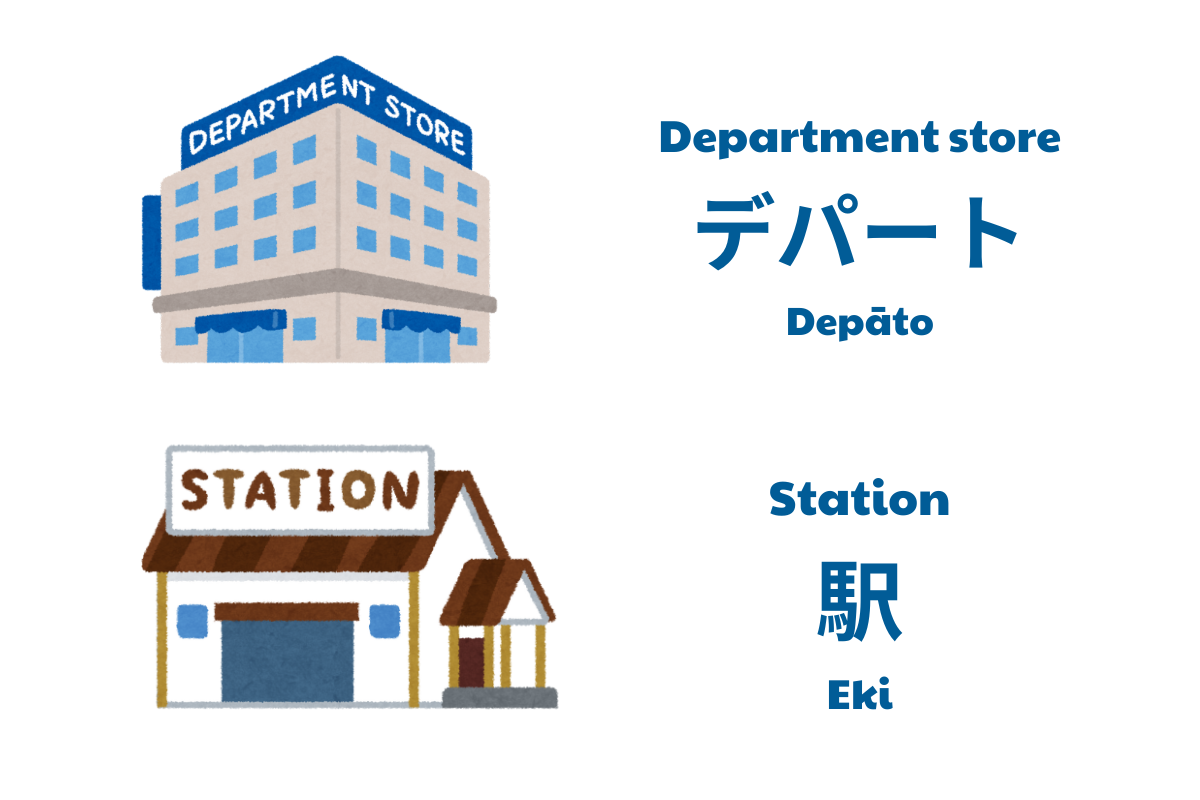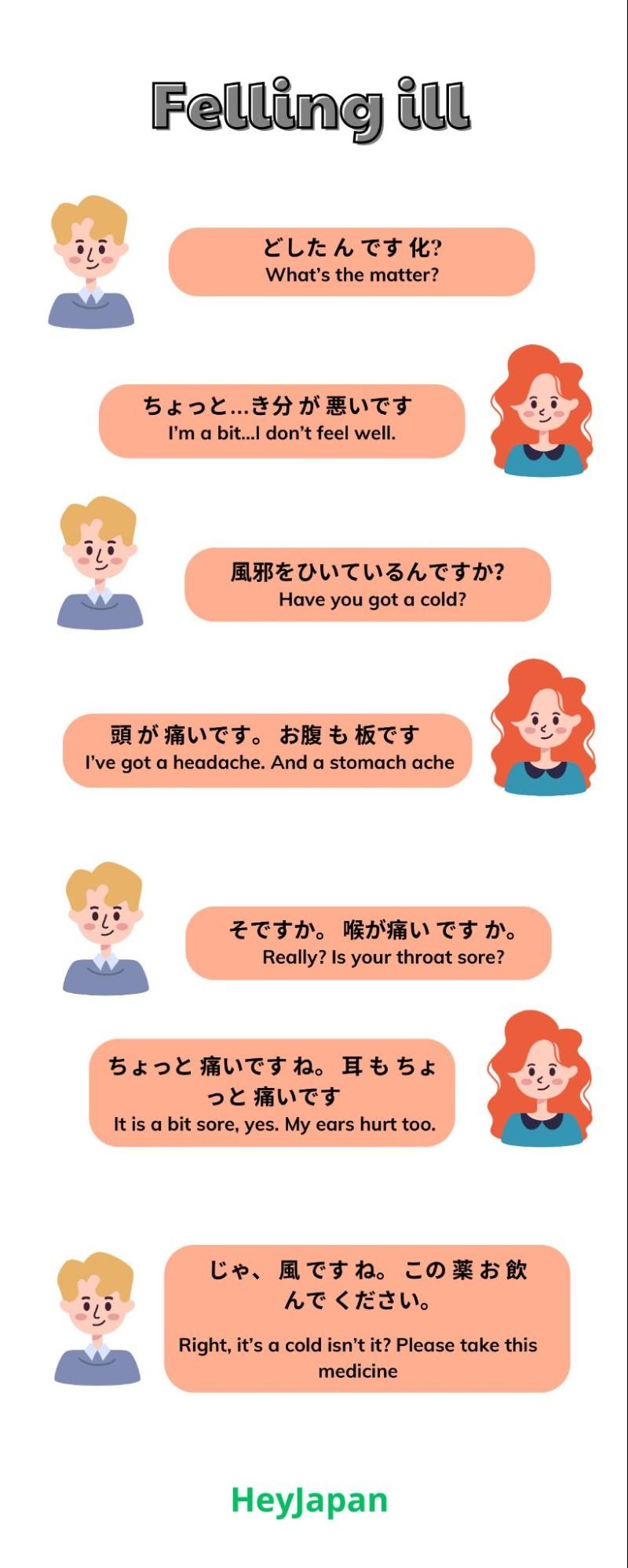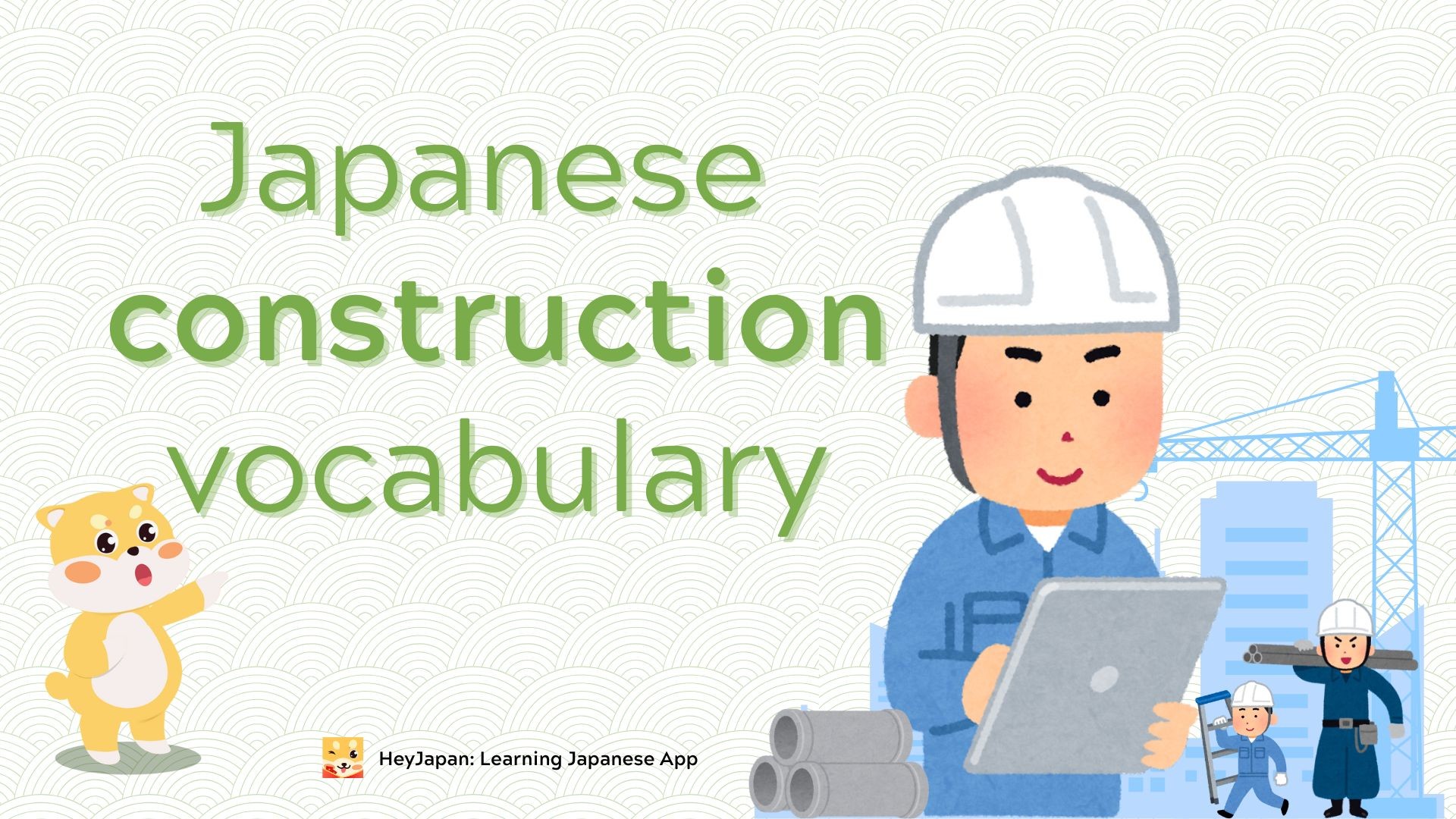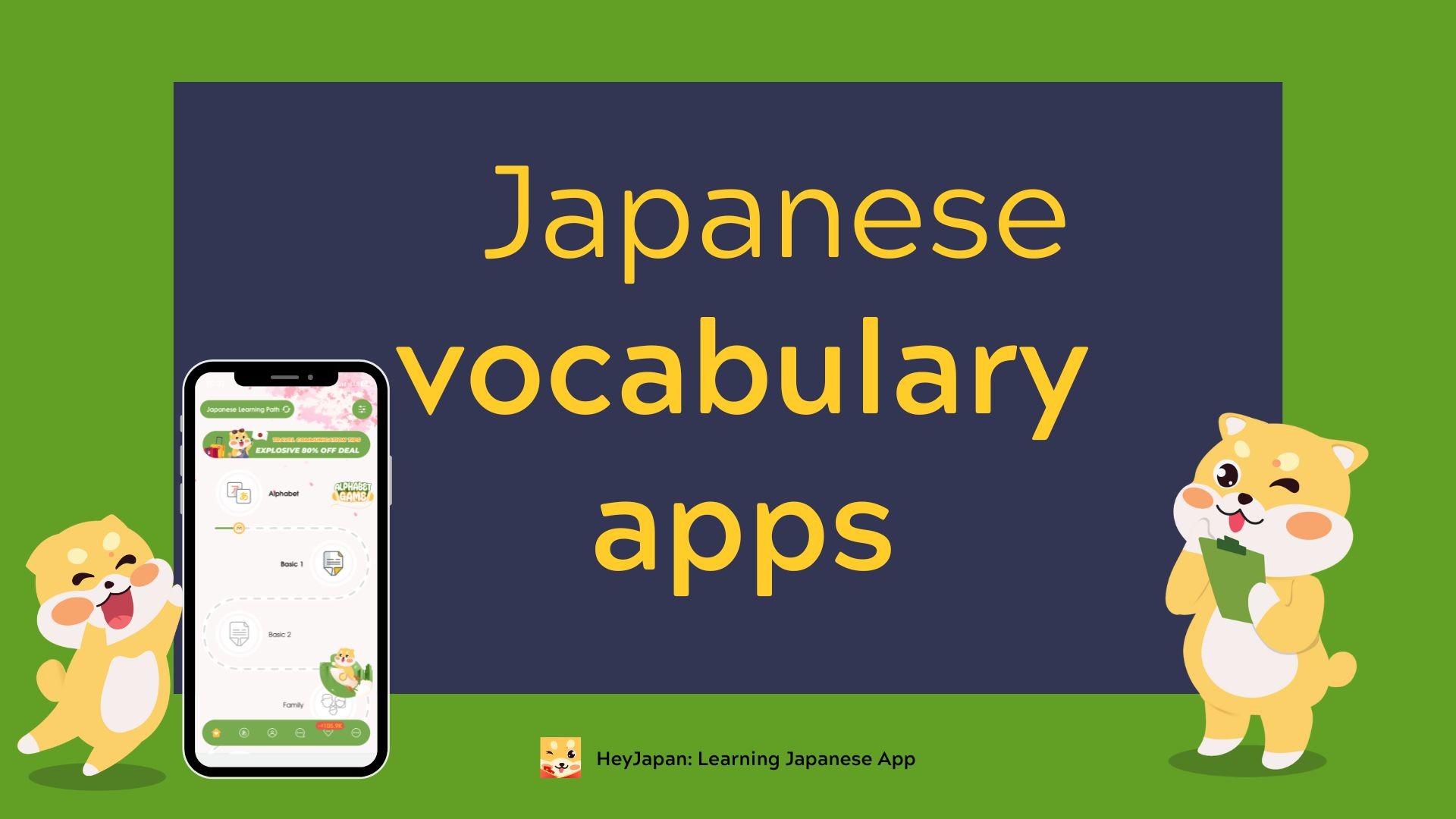- Introductions and greetings
- Making phone calls
- Eating out
- Shopping
- Asking for directions
- Feeling ill
- Tips to practice Japanese conversation
To improve your communication skills and gain more understanding of Japanese culture, you can use Japanese conversation practice The article below provides common conversations about everyday communication topics such as greeting, asking for directions. that will definitely help you practice effectively and improve your speaking skills.
Introductions and greetings
Conversation 1: Arriving at the airport
Miyuki: Hey, Sarah! Welcome to Japan
やあ、サラ!日本へようこそ
Aaa! Sarah-san! Nihon e yokoso
Sarah: Miyuki! Hello
みゆきさん!こんにちは
Miyuki-san! Konnichiwa
Miyuki: Are you Chris? How do you do! I am Miyuki Tanaka.
Chris-san desu ka. Hajimemashite, Tanaka Miyuki desu.
はじめまして、 田中 御幸 です。
Chris: How do you do ? I am Chris Adams. I’m pleased to meet you.
はじめまして。どぞ よろしく
Hajimemashite, Chris Adams desu. Dozo yoroshiku
Miyuki: Pleased to meet you.
どぞ よろしく
Dozo yoroshiku

Conversation 2: Meeting and greeting
Sarah: Good morning
おはよ ございます
Ohayo gozaimasu
Japanese guest: Good morning
おはよ ございます
Ohayo gozaimasu
(Sarah gestures for the Japanese guest to go first)
Sarah: Go ahead, after you.
Dozo
Japanese guest: Oh, excuse me (thank you for your trouble)
すみません
Aa, sumimasen
Chris: Good evening
こんばんわ
Konbanwa
Miyuki: Good evening.
こんばんわ
Konbanwa.
(Miyuki hands the information to Chris)
Chris: Thank you
ありがと ございます
Arigato gozaimasu
Sentence patterns and important words that you need to remember when practicing.
Japanese conversations for introductions and greetings.
- Konnichiwa - Hello
- Hajimemashite - Nice to meet you
- Ohayo gozaimasu - Good morning
- Sumimasen - Excuse me
- Konbanwa - Good evening
- Douzo yoroshiku - Please, thank you
Introductions and greetings are fundamental for any traveler. If you're planning a trip to Japan, it's essential to learn Japanese for travel to help you navigate social interactions and make a great first impression.
Making phone calls
Conversation 1: Receiving a message
Chris: Hello.
こんにちわ
Konnichiwa
Receptionist: Hello, It’s Mr Adams, isn’t it?
こんにちは。アダムスさんですね?
Konnichiwa. Adamusu-sandesu ne?
Chris: Yes, that’s right
はい、その通りです
Hai, sonotōridesu
Receptionist: Please phone Miyuki Tanaka. Her number is 232 1321.
田中美幸さんに電話してください。電話番号は 232 1321 です。
Tanaka Miyuki-san ni denwa shite kudasai. Tenwabangō wa 232 1321 desu.
Chris: Sorry, could you repeat that?
すみません、もう一度言っていただけますか?
Sumimasen, mōichido itte itadakemasu ka?
Receptionist: It’s 232 1321.
232 1321です。
232 1321 desu
Chris: Thanks
ありがと
Arigato
Conversation 2: Speaking on the phone
Chris: Hello, is that Miyuki?
もし もし、 御幸 ー さん です か?
Moshi moshi, Miyuki - san desu ka
Woman: Sorry, Miyuki isn’t in at present.
すみません。 御幸 ー さん 今 留守 です
Sumimasen. Miyuki - san ima rusu desu
Chris: Aah, is that right?
そうなんですか?
Ā,-sōna ndesu ka?
Woman: Her mobile phone number is 07792 - 323245
形態 電話 版ご 和 07792 ー 323245 です
Keitai denwa bango wa 07792 - 323245 desu
Chris: Thank you. Sorry for disturbing you.
ありがと ございます。 失礼 します。
Arigato gozaimasu. Shitsurei shimasu.Denwa shite kudasai - Please call me
- Moshi moshi - Hello
- Shitsurei shimasu - Excuse me
Eating out
Conversation 1: In a coffee shop
Waiter: Have you decided?
オー決まり ですか
O-kimari desuka
Sarah: Yes, A ham sandwich and coffee, please.
はい。 は無 サンドイt地 と 小樋井 お ください
Hai. Hamu Sandoitchi to kohii o kudasai
Chris: As for me, I’ll have a cheese sandwich and coffee, please.
サンドイッチ2個とコーヒー2杯をお願いします。
Sandoitchi 2-ko to kōhī 2-pai o onegaishimasu.
Waiter: One ham sandwich, one cheese sandwich and two coffees.
ハムサンドイッチ1つ、チーズサンドイッチ1つ、コーヒー2杯。
Hamusandoitchi 1tsu, chīzusandoitchi 1tsu, kōhī 2-pai.
Sarah: Yes. that’s right.
はい、その通りです。
Hai, sonotōridesu.
(A little later)
Chris: This sandwich is delicious
このサンドイッチは美味しい
Kono sandoitchi wa oishī
Sarah: This coffee also is delicious, isn’t it?
このコーヒーも美味しいですね。
Kono kōhī mo oishīdesu ne.
Conversation 2: In a Japanese restaurant
Waitress: Have you decided?
オー決まり ですか
O-kimari desu ka
Chris: Please may I have the sushi set meal?
寿司 定食 お ください
Sushi teishoku o kudasai
Sarah: And also the tempura set meal, please.
そして 天ぷら 定食 お お願いします
Soshite tempura teishoku o onegaishimasu
Waitress: How about drinks?
オー飲み物 わ?
O-nomimono wa?
Chris: Two beers and a sake, please.
びる お ふたつ と さけ お ひとつ ください
Biru o futatsu to sake o hitotsu kudasai
Waitress: Certainly, Sir.
かしこまりました
Kashikomarimashita
Sentence patterns and vocabulary you need to remember when practicing Japanese conversations on this topic.
- O-kimari desuka - Have you decided?
- Sushi teishoku - Sushi set meal

Shopping
Conversation 1: Buying a camera film
Shopkeeper: Welcome, how may i help you
いらっしゃいませ
Irasshaimase
Chris: Excuse me, how much is this film?
すみません、 この フィルム 和 いくら です か。
Sumimasen, Kono firumu wa ikura desu ka.
Shopkeeper: That is 500 yen
あれは500円です
Are wa 500-endesu
Chris: Do you have any Fuji film?
フジ フィルム が あります か。
Fuji firumu ga arimasu ka.
Shopkeeper: Yes, this one.
は、 これ です
Ha, kore desu
Chris: How much is is?
いくら です 化
Ikura desu ka
Shopkeeper: This one is 400 yen
これ わ よん ひゃく えん です
Kore wa yon hyaku en desu
Chris: Right, I’ll have three Fuji films please.
じゃ、 藤 フィルム お 3つ ください
Ja, Fuji firumu o mittsu kudasai
Shopkeeper: Certainly, Sir. Altogether that’s 1,200 yen.
かしこまりました. 全部で1,200円です。
Kashikomarimashita. Zenbu de 1, 200-endesu.
Chris : There you go.
どうぞ
Dozo
Shopkeeper: Thank you very much
ありがと ございます
Arigato gozaimasu
Conversation 2: Buying Japanese souvenirs
Shop assistant: Welcome, may I help you?
いらっしゃいませ
Irasshaimase
Sarah: Excuse me, how much is this doll?
すみません、この人形はいくらですか?
Sumimasen, kono ningyō wa ikuradesu ka?
Shop assistant: This is 5,000 yen
これは5,000円です
Kore wa 5, 000-endesu
Sarah: Do you have any fans?
Sensu ga arimasu ka
Shop assistant: Yes (we have). Those ones over there are 900 yen.
はい、あります。あそこにあるものは900円です。
Hai, arimasu. Asoko ni aru mono wa 900-endesu.
Sarah: Right, I’ll have one of that doll and three of those fans over there, please. Also I’ll have two of these paper lanterns.
そうですね、あそこの人形を1つと扇風機を3つください。あと、この提灯を2つください。
Sōdesune, asoko no ningyō o 1tsu to senpūki o 3ttsu kudasai. Ato, kono chōchin o 2tsu kudasai.
Shop assistant: Altogether, that is 9,000 yen
全部 で キュ 線ー塩 です
Zenbu de kyu sen-en desu
Sarah: There you are
どぞ
Dozo
Shop assistant: Thank you very much. Please shop here again.
ありがと ございました。 また お越し ください
Arigato gozaimashita. Mata okoshi kudasai
Sentence patterns and vocabulary you need to remember when practicing:
- Irasshaimase - Welcome
Asking for directions
Sarah: Excuse me?
すみません
Sumimasen
Passer-by: Yes?
はい
Hai?
Sarah: Where is Tokyo station?
トキョ 駅 和 どこ です か。
Tokyo eki wa doko desu ka.
Passer-by: Tokyo station? Go straight ahead. And then turn right at the traffic lights.
東京駅ですか?まっすぐ進んでください。そして信号を右に曲がってください。
Tōkyō Ekidesu ka? Massugu susunde kudasai. Soshite shingō o migi ni magatte kudasai.
Sarah: Turn right at the traffic lights, right?
信号で右に曲がるんですよね?
Shingō de migi ni magaru ndesu yo ne?
Passer-by: That’s right. Tokyo station is located on the left-hand side.
It’s opposite the department store.
そうです。東京駅は左側にあります。
デパートの向かい側です。
Sōdesu. Tōkyō Eki wa hidarigawa ni arimasu. Depāto no mukaigawadesu.
Sarah: The left-hand side? Thank you very much.
左側 です ね。 ありがと ございます。
Hidarigawa desu ne. Arigato gozaimasu.
Sentence patterns and vocabulary you need to memorize:
- Massugu susunde kudasai - Please go straight ahead.
- Hidarigawa ni arimasu - It is on the left
- Eki - Station
- Depāto - Department
Knowing how to ask for directions can save you a lot of time and stress during your trip. Use an app to learn Japanese for travel to quickly pick up phrases that will help you find your way.

Feeling ill
Miyuki: Chris, what’s the matter?
どした ん です 化?
Chris-san, do shita n desu ka
Chris: I’m a bit…I don’t feel well.
ちょっと…き分 が 悪いです
Chotto…kibun ga waruidesu
Miyuki: Have you got a cold?
風邪をひいているんですか?
Kaze o hiita n desu ka
Chris: I’ve got a headache. And a stomach ache.
頭 が 痛いです。 お腹 も 板です
Atama ga itaidesu. Onaka mo itadesu
Miyuki: Really? Is your throat sore?
そですか。 喉が痛い です か。
Sodesuka. Nodogaitai desu ka.
Chris: It is a bit sore, yes. My ears hurt too.
ちょっと 痛いです ね。 耳 も ちょっと 痛いです
Chotto itaidesu ne. Mimi mo chotto itai desu
Miyuki: Right, it’s a cold isn’t it? Please take this medicine.
じゃ、 風 です ね。 この 薬 お 飲んで ください。
Ja, kaze desu ne. Kono kusuri o nonde kudasai.
Sarah: It’s not a cold. It’s a hangover!
風邪じゃないよ。二日酔いだよ!
Kaze janai yo. Futsukayoida yo!

Summary of sentence patterns and vocabulary to practice in Japanese conversations
- Kusuri o nonde kudasai - Please take your medicine.
- Do shita ndesu ka - What's wrong
Tips to practice Japanese conversation
Record your voice
Recording your voice can help you improve your pronunciation and voice effectively. You only need a phone, voice recorder or recording applications to record your voice.
For each topic of Japanese conversation practice, speak slowly and pronounce each word clearly. Then listen back to your recording to identify errors that need improvement. In particular, you should pay attention to the smallest details such as how to open your mouth, place your tongue and intonation for pronunciation.
Practice regularly
Communicating fluently is a long process, so you need to make an effort to practice conversations regularly.
Every day, spend about 15 to 30 minutes practicing conversations, which will not only help you consolidate and expand your vocabulary, but also help you feel confident and reduce feelings of anxiety when using Japanese.
A strong foundation in the Japanese alphabet is crucial for effective communication. Using an app to learn Japanese alphabet makes it easier to master the basics and enhance your overall learning experience.
The above article has provided common daily Japanese conversation practice. Practice effectively to improve your communication skills! Don't forget to visit the website regularly to update the latest information!








